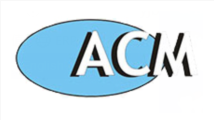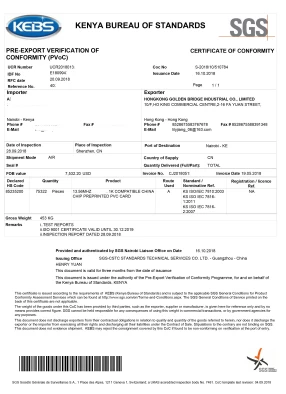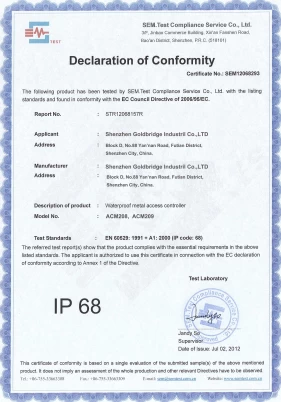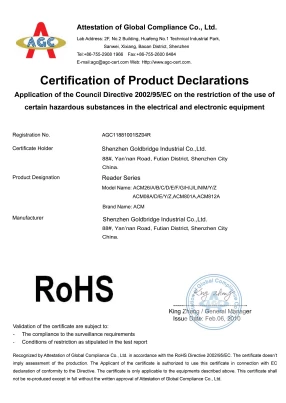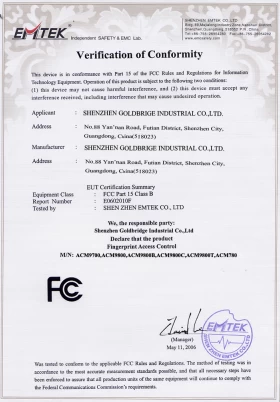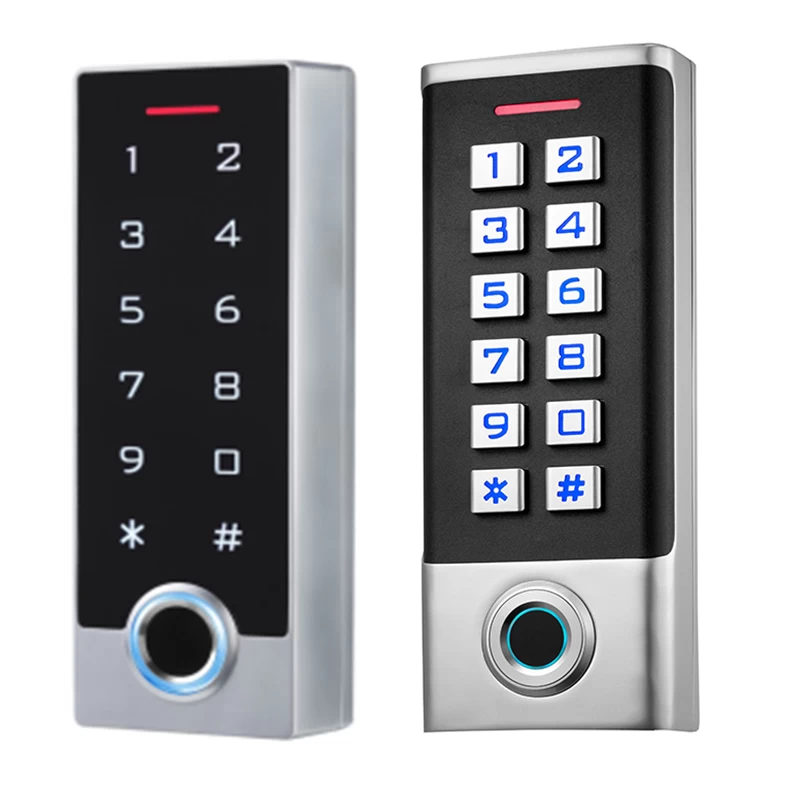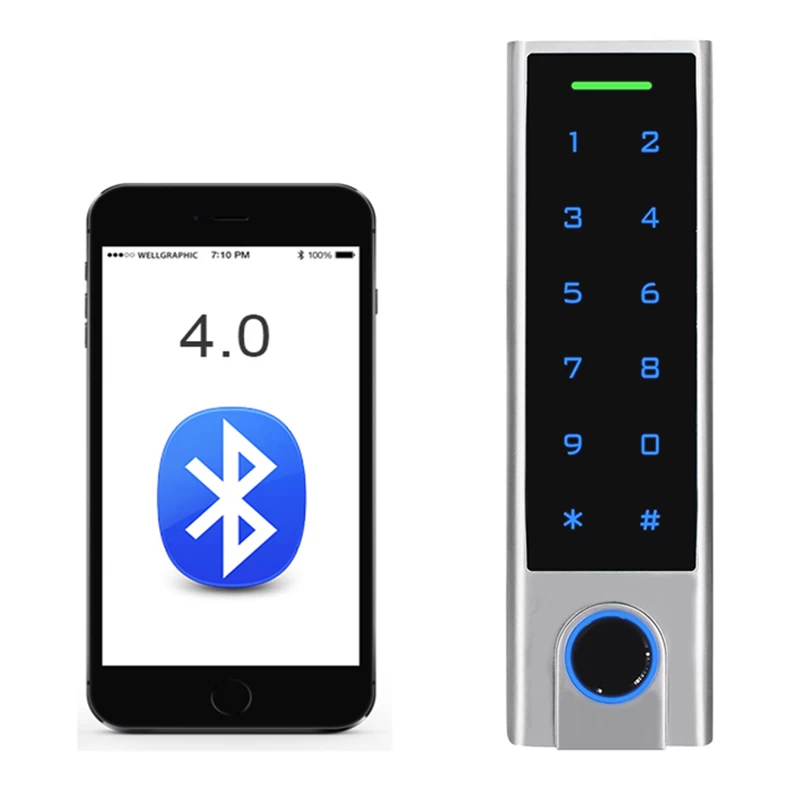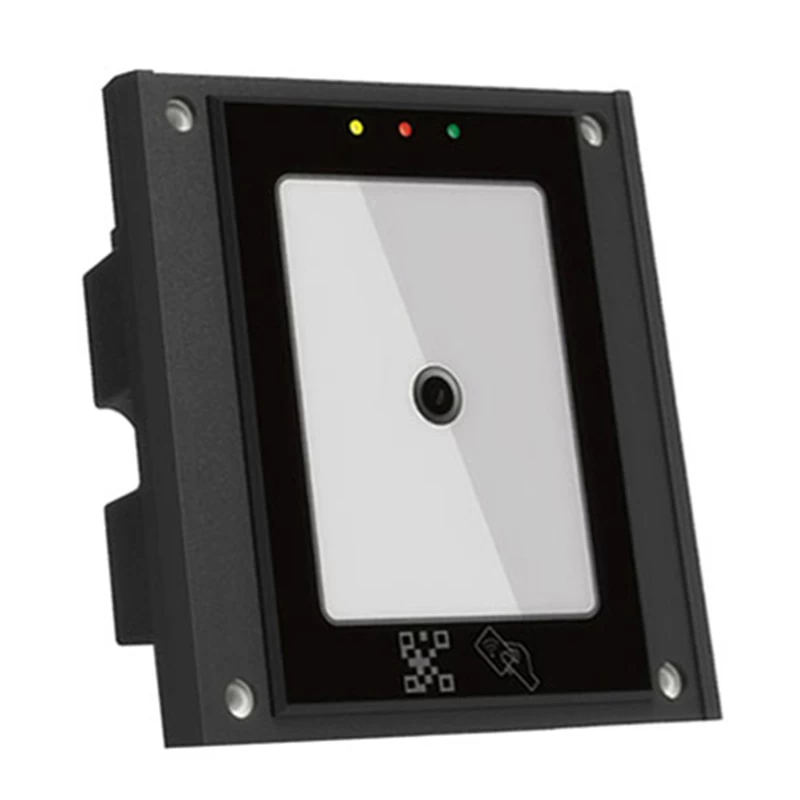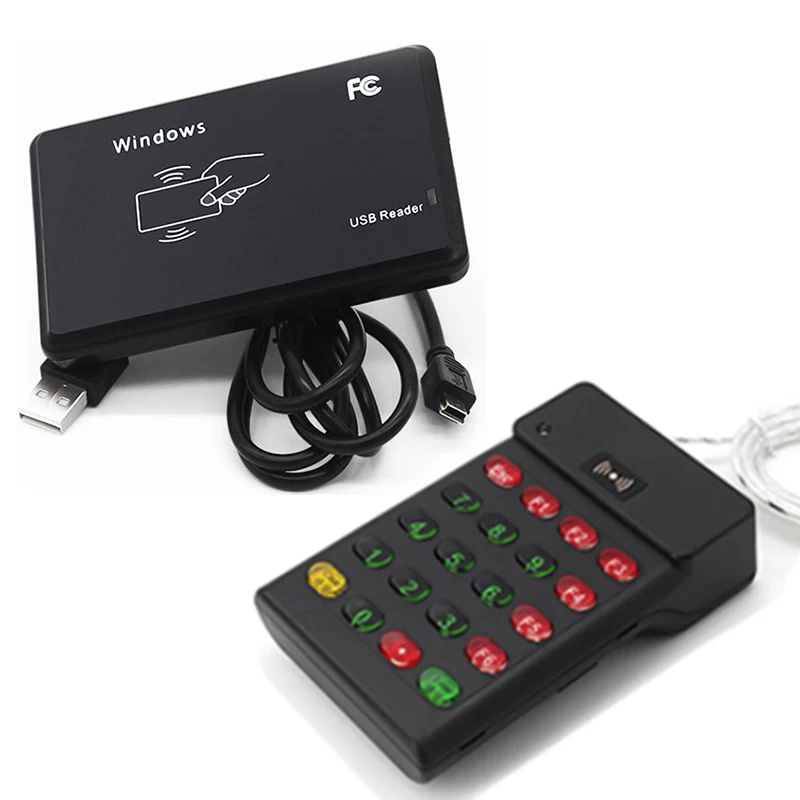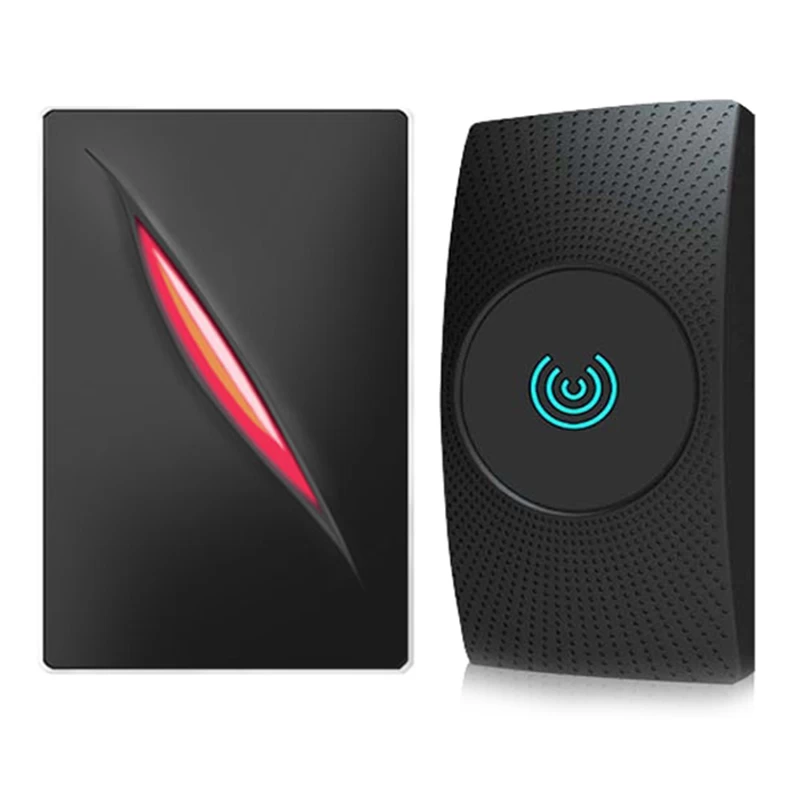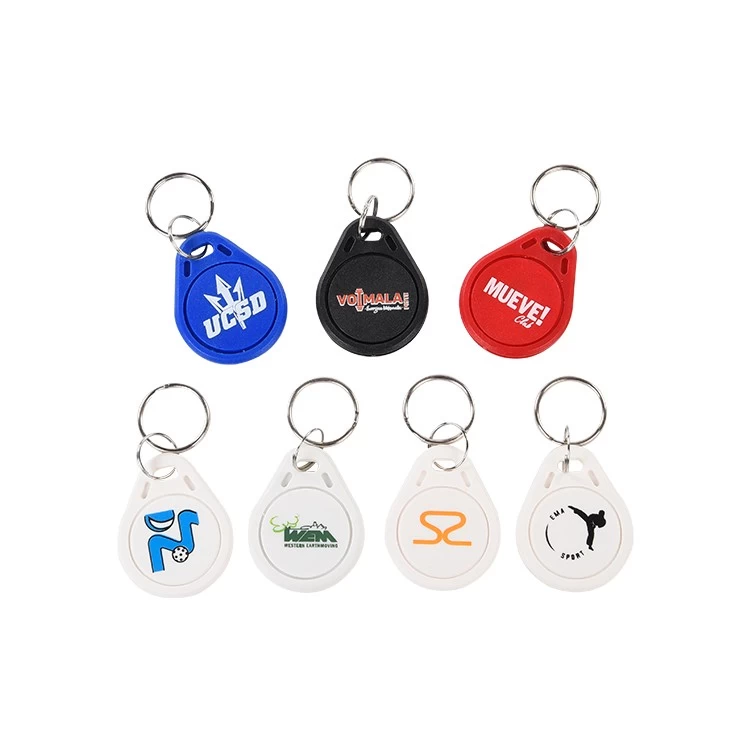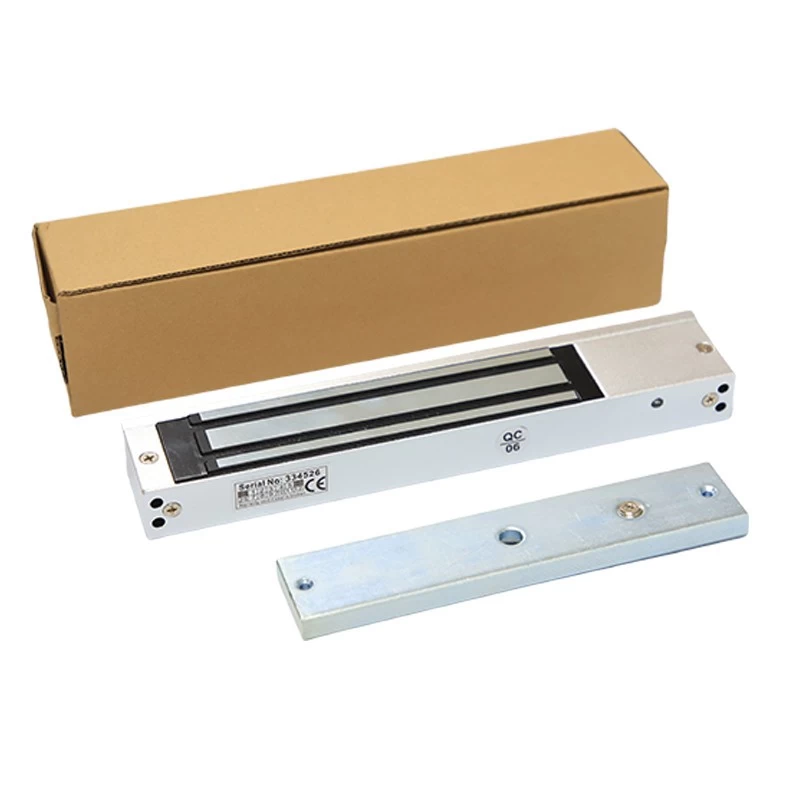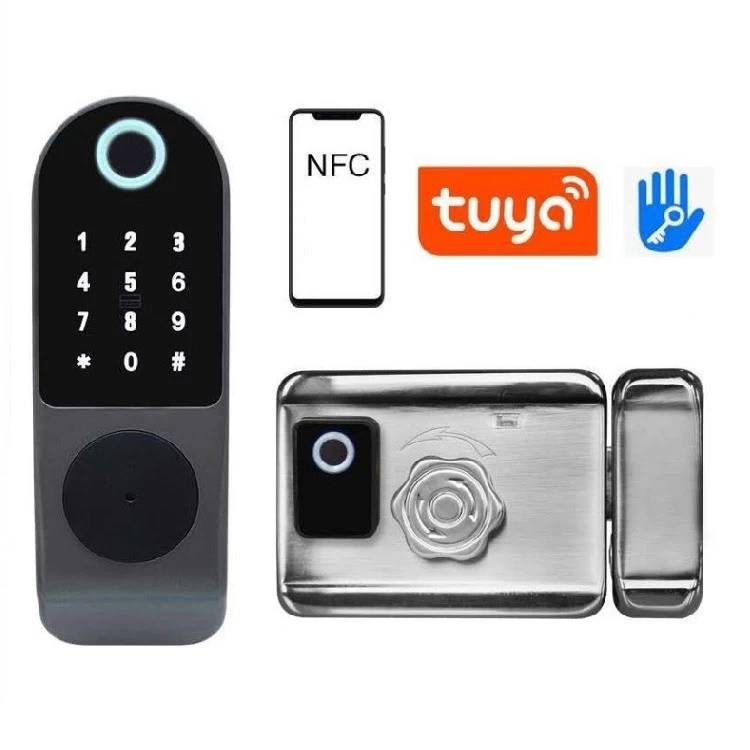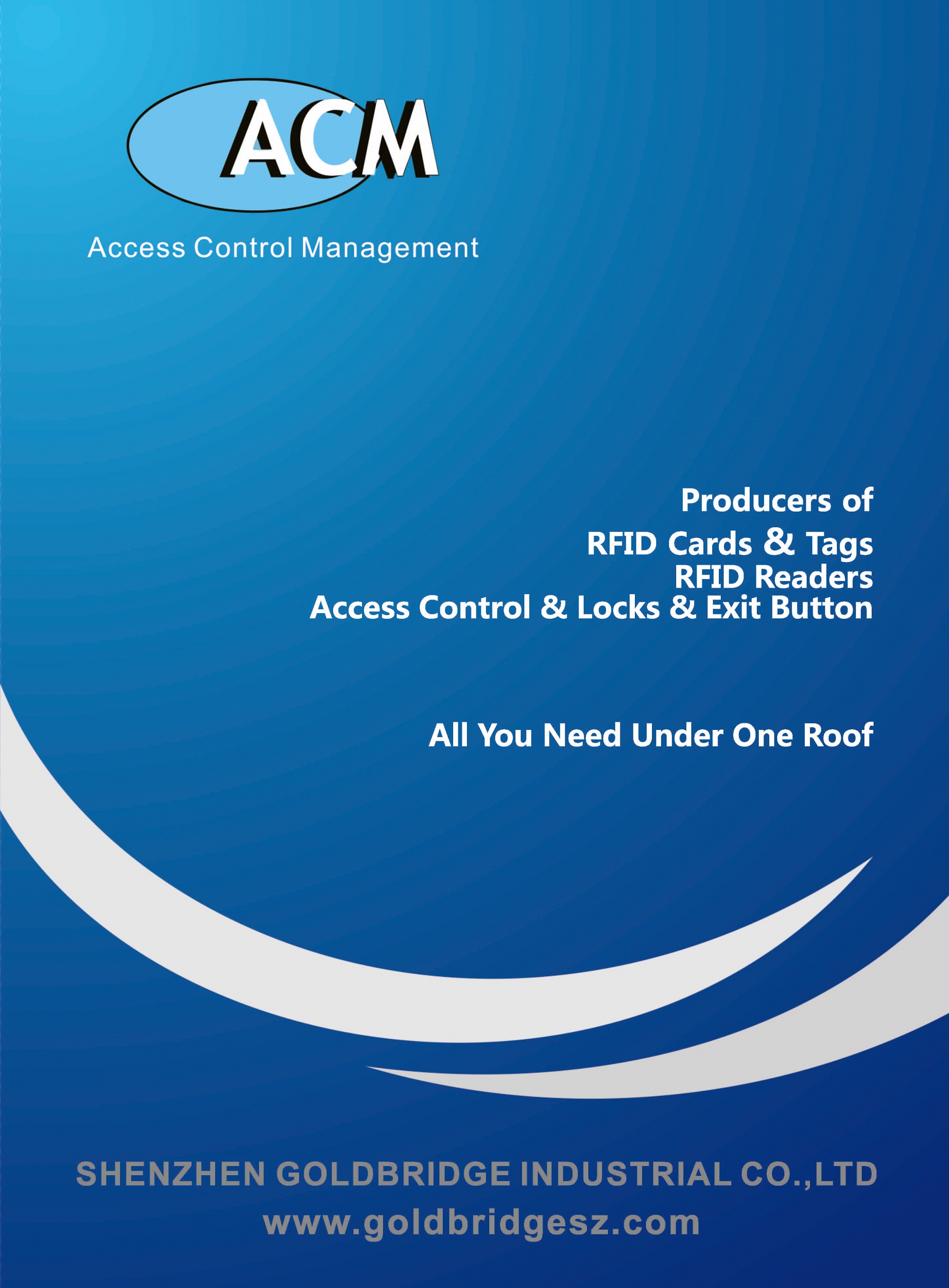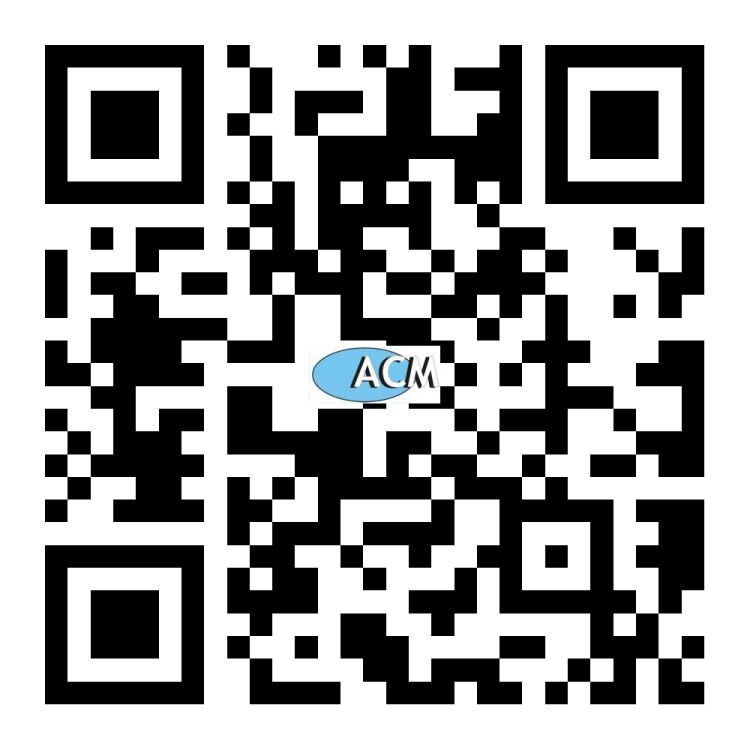NFC ensures that the bags used for medical waste collection are genuine
This vacuum system combines NFC and RFID technology to automatically detect whether the authentic bags of the Less2Care brand are used, so as to better ensure the sustainable and odor-free treatment of medical waste. RFID solutions company Aucxis provides RFID readers built into vacuum equipment, RFID tags attached to trash bags, and firmware to manage collected data. Less2Care's solution has been used in several nursing homes in the Netherlands, Germany and Scandinavia, and the NFC&RFID version of the solution is expected to be launched this summer.
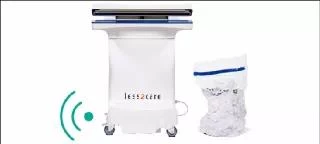
Less2Care was founded in 2010 by the company's CEO, Jop Van Haaren, and it mainly sells vacuum packaging equipment. After studying the management of medical waste in medical facilities, he found that vacuum sealing can eliminate the peculiar smell of waste and avoid leakage or pollution due to improper handling. Therefore, the company has developed a solution that can effectively collect and vacuum treat medical waste, and optimized it to establish a complete tracking process from the patient's bed to the back of the garbage truck.
Hospitals and nursing institutions pay for fixed service fees every quarter, and Less2Care maintenance staff will go to the scene to deploy solutions and train medical staff to operate. The Less2Care brand bag is placed next to the patient's bed and placed in a wheeled device called VacuSafe, which can be rolled between different beds or between wards. The full bag is connected to a vacuum cleaner, and the filter captures the odor-producing bacteria.
Van Haren said that if the wrong bag and system are used, problems may occur. These special bags are partly made of recycled materials, and Less2Care is the only supplier of vacuum bags with a "gas barrier" made from a raw material. He pointed out that all other products on the market are composed of multiple plastics, which makes the recycling process more difficult. The company's own products have a thickness of 110μm and are designed for vacuum processing under limited impact.
The collection of waste in the medical department must also be carried out in airtight bags. Van Haren said that the company’s bags can replace the waste water separator or grinder process used to treat certain medical waste, and that residues and cleaning agents are now rarely discharged into the sewer. In order to ensure that the system did not run on the wrong waste collection bag, Less2Care started to cooperate with Aucxis and used an NFC 13.56 MHz tag that complies with the ISO 14443 standard.
NFC tags can be affixed to the bag or embedded in the material of the bag, but currently Less2Care has chosen the labeling method. After employees collect the waste in the bag, they need to authenticate the bag through the NFC system, and then vacuumize it. Once the bag is correctly placed in the VacuSan device, the reader built into the device will capture the unique ID number encoded on the tag to confirm whether the bag is genuine. After the ID number is captured, it will prompt the beginning of the vacuum cleaning process; if the tag is not queried, VacuSan will not work.
According to Aucxis senior account manager and business consultant Patrick Catthhoor (Patrick Catthhoor) predicts that after the NFC version of the solution is launched this summer, Aucxis will provide Less2Care with approximately 100 to 1,000 NFC readers each year. The company provided a proof of concept for Less2Care for the first time last year, and then started to develop an NFC reader that can be integrated into VacuSan in January of this year.
Cathull said that to develop a best-performing NFC reader and integrate it into the VacuSan device, and to read tags in close proximity at the appropriate location, is the challenge facing Aucxis.
Aucxis' internal R&D department developed the hardware according to these requirements. They put the firmware they developed on the NFC reader to make it best coordinate with the final application and communicate effectively with VacuSan's internal logic system. The final result presented is a single-board NFC reader built on a microcontroller with integrated antenna. The reader uses the power of the VacuSan device and communicates with the programmable logic controller that controls the operation of the VacuSan. The close reading range allows the system to prompt the vacuuming operation only when the bag is locked in place.
So far, NFC components have only been used to authenticate each bag before vacuuming. However, in the future, these labels can be used to further identify waste in the process. Van Haren said: "Today, we have invested 700 VacuSan devices in the Netherlands and about 1,000 in Europe. Moreover, the deployment of this type of product across the European continent has been increasing. Only last year, the company’s business That’s an increase of 80%."
For more information please contact with sales@goldbridgesz.com
